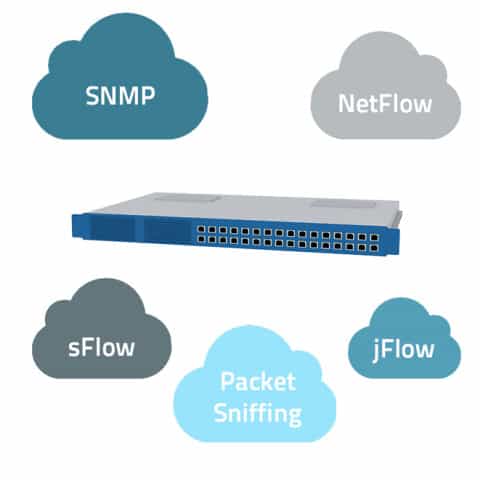According to Lynne Truss, texting is a supremely secretive medium of communication that you should be careful about what you use it for. For your company, this should not be a daunting task. Well, you can use SMS alerts in different departments and functions.
Remember, the success of organizational activities relies on the interlinking of various systems. Therefore, you can use texts alerts to ensure network systems are functional round-the-clock. Here is how you can achieve this.
Reliable notifications
With emails, you will have no choice to wait until the next day when the network is running. Remember, email alerts rely on network coverage to be sent to the receiver. Over-relying on these services puts your company at risk of losing millions of dollars during the network downtime.
The beauty with SMS alerts is that you get notified once an error is experienced. Moreover, you do not have to worry about internet connectivity as cellular services are still active. Thanks to preconfigured messages, you get to note the exact network data packet that has glitches.
Network Monitoring Implementation
For your business to excel, you have to interlink the various departments and IT components. In case of a failure in the infrastructure, then you should be able to get a notification. Remember, the malfunction of one part can have a domino effect on the overall performance of IT services.
Notably, there are several network solutions in the market. Depending on the nature of the services, you may opt to settle for open source software or all-in-one monitoring. The latter makes it possible to monitor the various sub-sectors.
Sense of urgency
For decades, marketers have been using SMS alerts to reach out to customers. Here, you can use to push promotions, coupons, and release new updates. The beep or vibration is bound to showcase a sense of urgency. The same applies to network monitoring.
As an IT staff, it will be challenging to assume constant beeps and rings from your cellular device. Let’s face it is easier to ignore an email notification in comparison to SMS alerts. Once there is a breach, then you will get a notification on your smartphone or tablet.
Loss of revenue and data
According to Statista, most companies incur an hourly revenue loss of between $300,000 and $400,000. The revenue losses also include the cost of getting the systems online and the productivity of employees. It is worth noting that most operations come to a standstill during the downtime.
Besides the loss of revenue, recurring network downtime soils your organization’s reputation. If you run a data center company, then the repercussions from outages are grave in comparison to others. To reduce these losses, you should consider integrating SMS alerts into your system.
In case of an outage, you will receive a notification on this effect. Remember, you are likely going to experience outages once in a while.
Final word
Troubleshooting a network system can be a nightmare, especially when you are offsite. To circumvent this hurdle, you should find texting alerts that best suit your network system. Feel free to contact IT specialists to help you out today.





